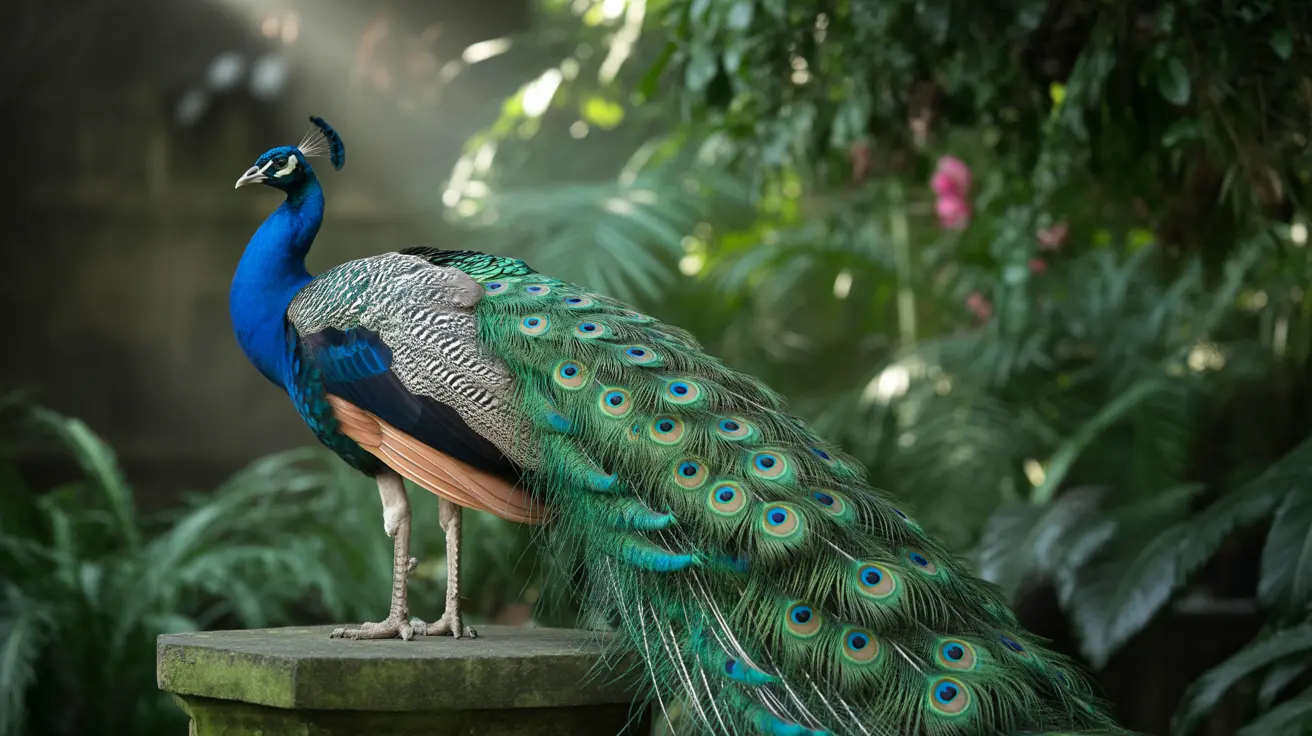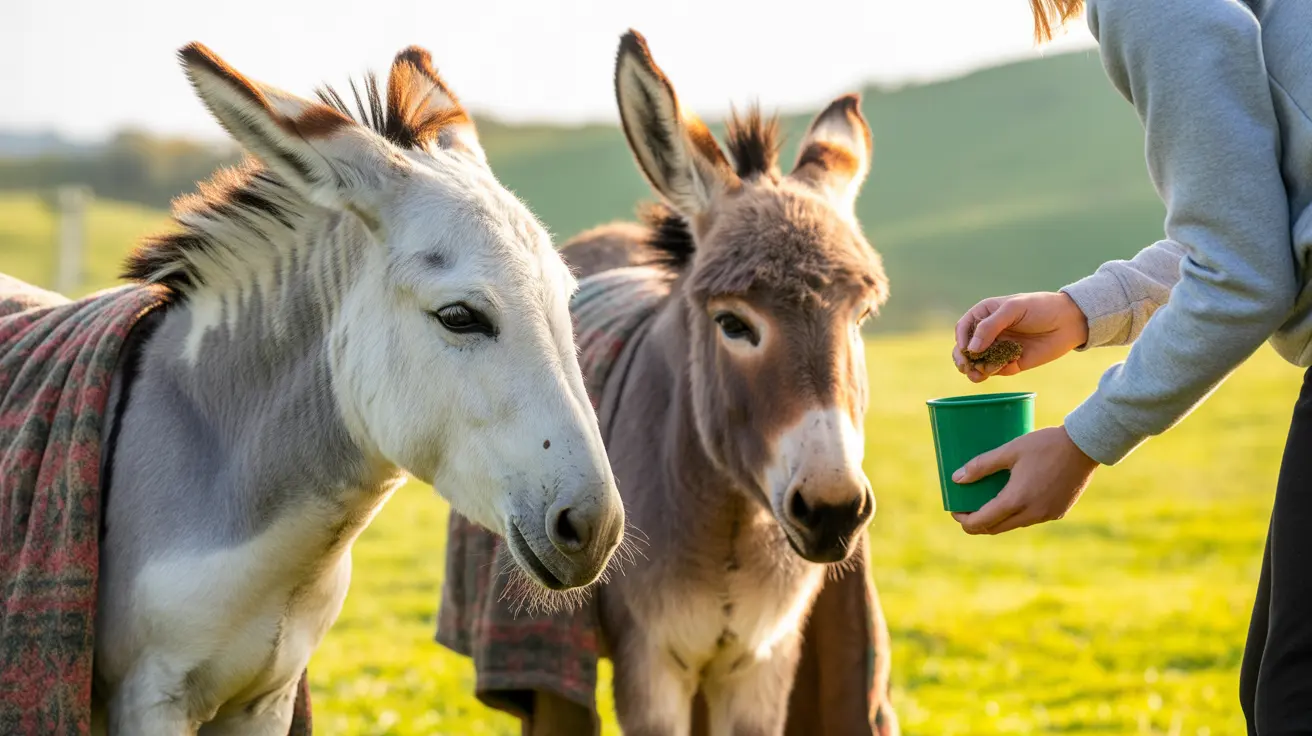In a groundbreaking study from UNSW, researchers have definitively shown that when it comes to survival in the animal kingdom, flashy feathers and ornamental displays can be just as important as physical strength. This research on animal feather display settles a long-standing scientific debate about the evolutionary purpose of elaborate plumage in birds and other creatures.
The findings reveal that ornamental features, particularly prominent in species like peacocks, serve crucial biological and social functions beyond mere decoration. These displays have evolved as sophisticated communication tools that help species survive and thrive through multiple mechanisms.
The Evolution of Feathers: From Dinosaurs to Modern Birds
The journey of feather evolution origins traces back to dinosaurs, with proto-feathers serving as the foundation for the complex plumage we see in modern birds. These early feather structures gradually developed into the diverse forms we observe today, from basic insulation to elaborate display features.
Peacock Tail Feathers: Nature's Ultimate Display
Among the most striking examples of feather-based survival strategies is the peacock's tail. These magnificent feathers, while seemingly impractical, play a vital role in mate selection and species continuation. The intricate patterns and iridescent colors serve as honest signals of genetic fitness.
Colorful Plumage Purpose in Nature
Birds-of-paradise plumage represents another remarkable example of how feather signaling in animals has evolved to extraordinary levels. These species have developed some of the most spectacular displays in nature, with each species featuring unique combinations of colors and patterns.
The Science of Sexual Selection Feathers
Research confirms that feathers for mate attraction operate through complex mechanisms of sexual selection. The more vibrant and symmetrical the display, the more likely a bird is to attract potential mates, as these features indicate good health and genetic quality.
Beyond Beauty: Practical Functions
Bird feather camouflage demonstrates that not all feather adaptations are about showing off. Many species use their plumage for concealment, with feather thermoregulation playing an equally important role in survival. These practical applications work alongside ornamental functions to ensure species success.
Frequently Asked Questions
Why do animals develop elaborate feathers if they don't help with flight?
Elaborate feathers serve primarily as social and sexual signals, helping animals attract mates and establish dominance within their species. While they may not contribute to flight, they play a crucial role in reproduction and species survival.
How do feathers function beyond keeping birds warm or helping them fly?
Feathers serve multiple purposes, including social signaling, mate attraction, species recognition, and camouflage. They also play important roles in visual communication between individuals and can help establish social hierarchies.
What role do colorful feathers play in animal mating and survival?
Colorful feathers act as indicators of genetic fitness and health, helping potential mates assess breeding quality. They can also serve as warning signals to predators or help animals blend into their environment when necessary.
The Future of Feather Research
This UNSW research marks a significant step forward in our understanding of animal ornamentation evolution. By confirming the vital role of ornamental features in survival, it helps explain why such seemingly impractical traits have persisted through millions of years of evolution.
The findings remind us that nature's beauty often serves profound practical purposes. Whether it's the spectacular tail of a peacock or the unique crest of a rockhopper penguin, these features represent millions of years of evolutionary refinement, each adapting to serve specific functions in their species' survival strategy.






